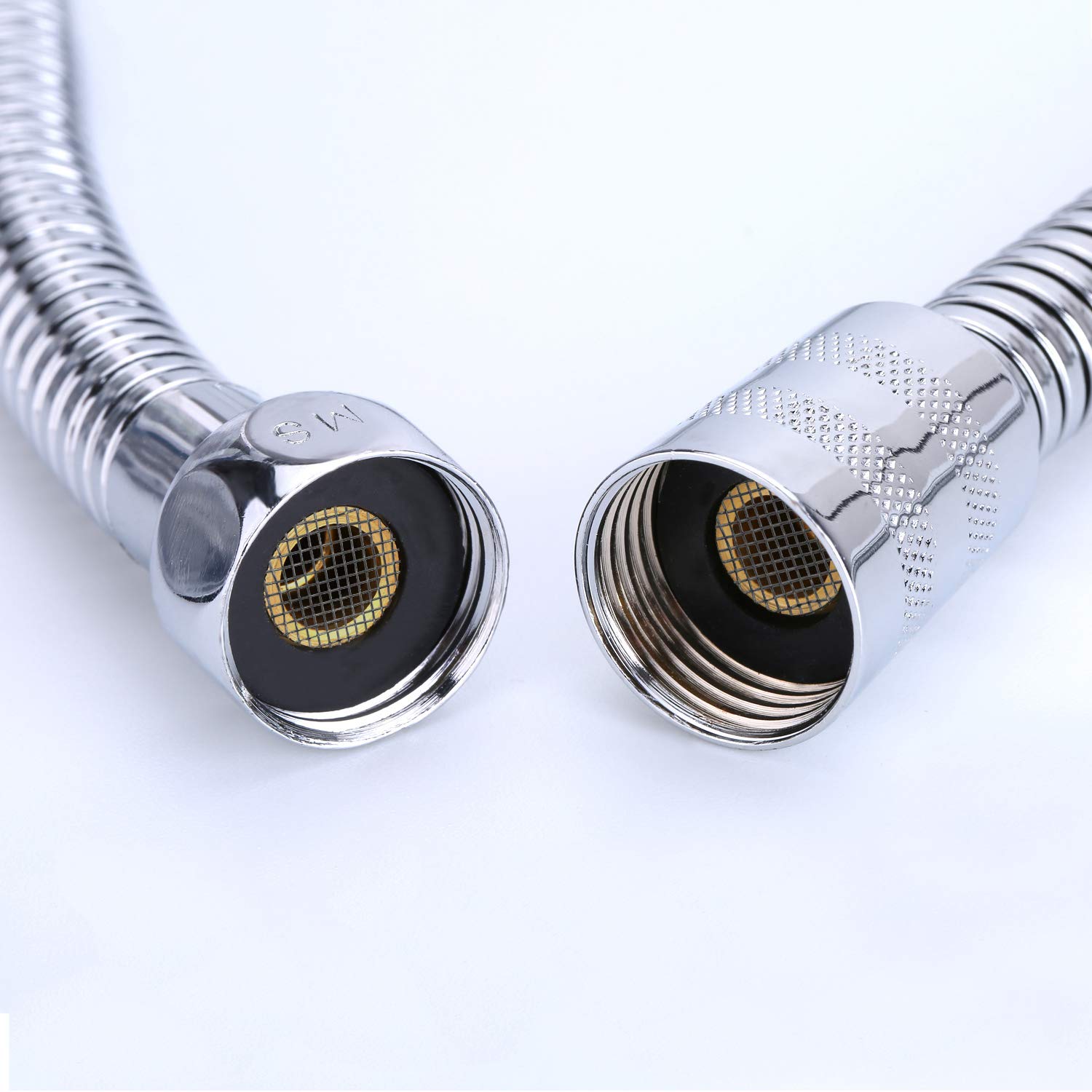

Articles
Where Do The O-Rings Go In A Showerhead
Modified: May 6, 2024
Find out where the O rings go in a showerhead with this informative article. Learn how to install and replace them for a leak-free shower experience.
(Many of the links in this article redirect to a specific reviewed product. Your purchase of these products through affiliate links helps to generate commission for Storables.com, at no extra cost. Learn more)
Introduction
When it comes to household plumbing fixtures, the showerhead is an essential component. It not only provides a relaxing and refreshing shower experience but also plays a crucial role in maintaining the functionality of your bathroom. However, have you ever wondered why your showerhead might leak or have reduced water pressure over time?
This is where O-rings come into the picture. O-rings are small rubber rings that are strategically placed in a showerhead to create a watertight seal and prevent leaks. These seemingly insignificant rings serve a vital purpose in ensuring the smooth and uninterrupted flow of water.
In this article, we will explore the importance of O-rings in a showerhead, their functions, proper placement, installation steps, and troubleshooting common issues related to O-ring placement. By the end, you’ll have a comprehensive understanding of how these small yet significant components contribute to the optimal functioning of your showerhead.
Key Takeaways:
- O-rings in a showerhead are crucial for preventing leaks, preserving water pressure, and extending the showerhead’s lifespan. Proper placement and maintenance ensure an efficient and satisfying shower experience.
- Understanding the functions of O-rings, proper installation steps, and troubleshooting techniques is essential for maintaining a leak-free and optimal showerhead performance. Regular maintenance and replacement of O-rings contribute to a sustainable and enjoyable shower experience.
Read more: Where Do Basement Drains Go
Importance of O-rings in a showerhead
O-rings may appear insignificant, but their presence in a showerhead is of utmost importance. They play a crucial role in maintaining the efficiency and functionality of the showerhead. Let’s delve into the key reasons why O-rings are essential:
1. Preventing leaks: One of the primary functions of O-rings is to create a watertight seal, ensuring that there are no leaks or drips from the showerhead. The rubber material of the O-ring provides a flexible yet secure barrier that prevents water from seeping out and causing water damage or wastage.
2. Preserving water pressure: O-rings also help in maintaining the water pressure in your showerhead. Without properly sealed O-rings, the water flow might become weak, resulting in an unsatisfying shower experience. With well-placed O-rings, you can enjoy a consistent and powerful water stream.
3. Extending the lifespan of the showerhead: By preventing leaks and minimizing the risk of water damage, O-rings help to increase the longevity of your showerhead. When water escapes from the showerhead due to faulty O-rings, it can lead to corrosion, mold growth, and even structural damage. By keeping the water contained within the showerhead, O-rings contribute to its overall durability.
4. Improving energy efficiency: A well-maintained showerhead with properly installed O-rings ensures maximum energy efficiency. When there are no leaks, the showerhead delivers water directly to the desired location, minimizing water wastage. This can have a positive impact on your energy bills and also contributes to a more sustainable lifestyle.
5. Easy maintenance and replacement: O-rings are relatively easy to maintain and replace when necessary. If you notice any signs of wear or damage, such as cracks or brittleness, it’s important to replace them promptly. This simple maintenance task can save you from more significant problems in the future.
Now that we understand the importance of O-rings, let’s explore their specific functions in a showerhead.
Functions of O-rings in a showerhead
O-rings serve several important functions in a showerhead, contributing to its overall performance and longevity. Let’s take a closer look at the key functions of O-rings:
1. Creating a watertight seal: The primary function of O-rings in a showerhead is to create a tight seal between the different components. When properly placed, the O-rings prevent water from leaking out during use. They act as a barrier, ensuring that water flows only through designated channels, providing a seamless shower experience.
2. Preventing air leaks: In addition to preventing water leaks, O-rings also help to prevent air leaks in the system. Air leaks can disrupt the water pressure, leading to an inconsistent or weak flow. O-rings maintain a tight seal, ensuring that air does not enter the water supply line, allowing for a consistent and powerful shower experience.
3. Absorbing vibrations: Another important function of O-rings is to absorb vibrations that may occur during water usage. As water flows through the showerhead, it creates pressure and movement within the system. O-rings help to dampen these vibrations, minimizing noise and potential damage to the showerhead.
4. Providing flexibility: O-rings are made of rubber, which gives them flexibility. This flexibility allows the O-rings to adapt to changes in water pressure, temperature, and movement without compromising the seal. They can expand or contract as needed, maintaining the integrity of the seal and ensuring efficient water flow.
5. Protecting against corrosion: The presence of O-rings also helps to protect the internal components of the showerhead from corrosive elements such as water minerals and chemicals. O-rings act as a barrier, preventing direct contact between these substances and the metal or plastic parts of the showerhead. This protection extends the lifespan of the showerhead and ensures its continued functionality.
By understanding the functions of O-rings in a showerhead, we can now move on to learning about their proper placement during installation.
Proper Placement of O-rings in a Showerhead
Proper placement of O-rings in a showerhead is essential to ensure their effectiveness in creating a watertight seal. Improper or inadequate placement can result in leaks, reduced water pressure, and other issues. Follow these guidelines for the proper placement of O-rings:
- Identify the O-ring locations: Before starting, identify the specific locations where O-rings are needed in your showerhead. This can vary depending on the design and model of the showerhead. Typically, O-rings are found at the connection points between the various components of the showerhead.
- Inspect the O-rings: Before installation, carefully inspect the O-rings for any signs of damage, such as cracks or wear. If you notice any issues, it’s essential to replace the O-rings with new ones to ensure an effective seal.
- Ensure clean surfaces: Clean the surfaces where the O-rings will be placed to remove any debris, old sealing material, or residue. Use a soft cloth or sponge and a mild cleaner, if necessary, to ensure a clean and smooth surface.
- Apply a lubricant: Apply a small amount of silicone or plumber’s grease to the O-ring before installation. This will help the O-ring slide into place smoothly and reduce friction during the assembly process.
- Press the O-ring into place: Gently press the lubricated O-ring into its designated groove or channel. Ensure that it sits securely in place, fully seated within the groove without any gaps or misalignment.
- Check for proper fit: After placing the O-rings, check for proper fit and alignment of the showerhead components. Make sure that all parts line up correctly and there are no gaps or loose connections.
- Test for leaks: Once the O-rings are installed, test the showerhead for leaks by turning on the water supply. Inspect all connections and joints to ensure there are no water drips or leakage. If any leaks are detected, double-check the O-ring placement and alignment.
Following these steps will help you achieve proper placement of O-rings in your showerhead, ensuring a secure and effective seal. However, in case you encounter any issues, troubleshooting the O-ring placement might be necessary.
When replacing O rings in a showerhead, make sure to place them in the grooves where the parts connect to prevent leaks. Apply a small amount of plumber’s grease to help them seal properly.
Steps to Install O-Rings in a Showerhead
Installing O-rings in a showerhead is a relatively simple process that can be done with a few basic tools. Follow these steps to successfully install O-rings:
- Gather the necessary tools: Before starting the installation, gather all the tools you will need. This typically includes a wrench, plumber’s grease or silicone lubricant, and, of course, the O-rings.
- Turn off the water supply: Before working on the showerhead, make sure to turn off the water supply to prevent any leakage or accidents.
- Remove the showerhead: Use a wrench to loosen and remove the showerhead from the shower arm. Twist it counterclockwise until it comes off completely. Be cautious not to damage any surrounding tiles or fixtures.
- Clean the showerhead: Take this opportunity to clean the showerhead with warm water and a gentle cleaning solution. This will remove any accumulated debris or mineral deposits that may affect its performance.
- Inspect the O-rings: Examine the O-rings to ensure they are in good condition. If they show signs of wear or damage, replace them with new ones before proceeding.
- Apply lubricant: Apply a small amount of plumber’s grease or silicone lubricant to the O-rings. This will make them easier to slide onto the showerhead and create a smoother seal.
- Slide the O-rings onto the showerhead: Carefully slide the lubricated O-rings onto their designated grooves or channels on the showerhead. Ensure that they are seated properly, with no gaps or misalignment.
- Reattach the showerhead: Align the showerhead with the shower arm and twist it clockwise to reattach it. Use the wrench to secure it tightly, but be careful not to overtighten and potentially damage the showerhead or the O-rings.
- Turn on the water supply: Once the showerhead is securely attached, turn on the water supply to test for any leaks or drips. Inspect all connections and joints to ensure a watertight seal.
- Adjust and enjoy: If there are no leaks, you can now adjust the showerhead to your desired position and enjoy a refreshing and leak-free shower experience.
Following these steps will help you properly install O-rings in your showerhead, ensuring an effective seal and preventing any leakage or water pressure issues. However, if you encounter any difficulties or notice problems with the O-ring placement, it’s important to address them promptly to ensure optimal performance.
Read more: Where To Buy Filtered Showerhead
Troubleshooting O-Ring Placement Issues in a Showerhead
Even with proper installation, O-ring placement issues can sometimes occur in a showerhead. If you’re experiencing leaks, reduced water pressure, or other problems, here are some troubleshooting steps to help you identify and resolve these issues:
- Check O-ring placement: First, inspect the O-ring placement to ensure they are properly seated in their designated grooves. Make sure they are aligned correctly and fully seated without any gaps or misalignment. Adjust the O-rings if necessary.
- Replace damaged O-rings: If the O-rings appear worn, cracked, or damaged, they may need to be replaced. Remove the old O-rings and install new ones that are compatible with your showerhead model. Ensure the replacement O-rings have the correct size and shape.
- Apply lubricant: If the O-rings feel dry or sticky, apply a small amount of silicone or plumber’s grease to lubricate them. This will help reduce friction and ensure a better seal. However, be careful not to use excessive lubricant that could cause the O-rings to slip out of position.
- Inspect showerhead components: Carefully examine the showerhead components for any signs of damage, such as cracks or loose connections. Tighten any loose fittings or consider replacing damaged parts that may be affecting the O-ring seal.
- Check shower arm threads: In some cases, O-ring placement issues may be due to damaged or worn threads on the shower arm. Inspect the threads and clean them if necessary. If they are severely damaged, consider replacing the shower arm to ensure a proper seal.
- Use thread seal tape: If you’re still experiencing leaks even with properly installed O-rings, consider using thread seal tape on the shower arm threads. Wrap the threads with a few layers of tape in a clockwise direction before attaching the showerhead. This can provide an additional layer of sealing protection.
- Seek professional assistance: If you’ve tried troubleshooting steps and are still experiencing O-ring placement issues, it may be best to seek professional help from a plumber or a showerhead specialist. They can diagnose and resolve any underlying issues that may be affecting the O-ring seal.
By following these troubleshooting steps, you can address O-ring placement issues in your showerhead and restore its proper functioning. Remember that proper installation and regular maintenance are key to ensuring a watertight seal and a seamless showering experience.
Conclusion
O-rings may be small and seemingly insignificant, but their role in a showerhead is vital to its proper functioning. By creating a watertight seal, O-rings prevent leaks, preserve water pressure, and contribute to the overall efficiency and longevity of the showerhead.
We have learned about the importance of O-rings in a showerhead, including their ability to prevent leaks, preserve water pressure, extend the showerhead’s lifespan, and improve energy efficiency. Additionally, we explored the functions of O-rings, such as creating a watertight seal, preventing air leaks, absorbing vibrations, providing flexibility, and protecting against corrosion.
To ensure the effective placement of O-rings, we discussed the proper installation steps. These steps include identifying the O-ring locations, inspecting and cleaning the surfaces, applying lubricant, and securely seating the O-rings in their designated positions. We also provided troubleshooting tips for addressing O-ring placement issues, such as checking placement, replacing damaged O-rings, inspecting showerhead components, and using thread seal tape if necessary.
By following the proper installation techniques and troubleshooting steps, you can ensure that your showerhead functions optimally, without leaks or reduced water pressure. Regular maintenance and replacement of O-rings as needed will help to maintain the efficient performance of your showerhead for years to come.
Remember, if you encounter any difficulties or are unsure about the installation or troubleshooting process, it’s always a good idea to seek assistance from a professional plumber or showerhead specialist.
With this comprehensive understanding of the role and placement of O-rings in a showerhead, you can now enjoy a leak-free and satisfying shower experience every time.
Now that you've got the lowdown on O-rings in a showerhead, why stop there? For those tackling shower setups, learning about proper showerhead installation height can save headaches later. And if you're considering a full makeover, understanding the timeline for a bathroom renovation is crucial. Our detailed guides walk you through these processes, ensuring your efforts result in comfort and style.
Frequently Asked Questions about Where Do The O-Rings Go In A Showerhead
Was this page helpful?
At Storables.com, we guarantee accurate and reliable information. Our content, validated by Expert Board Contributors, is crafted following stringent Editorial Policies. We're committed to providing you with well-researched, expert-backed insights for all your informational needs.
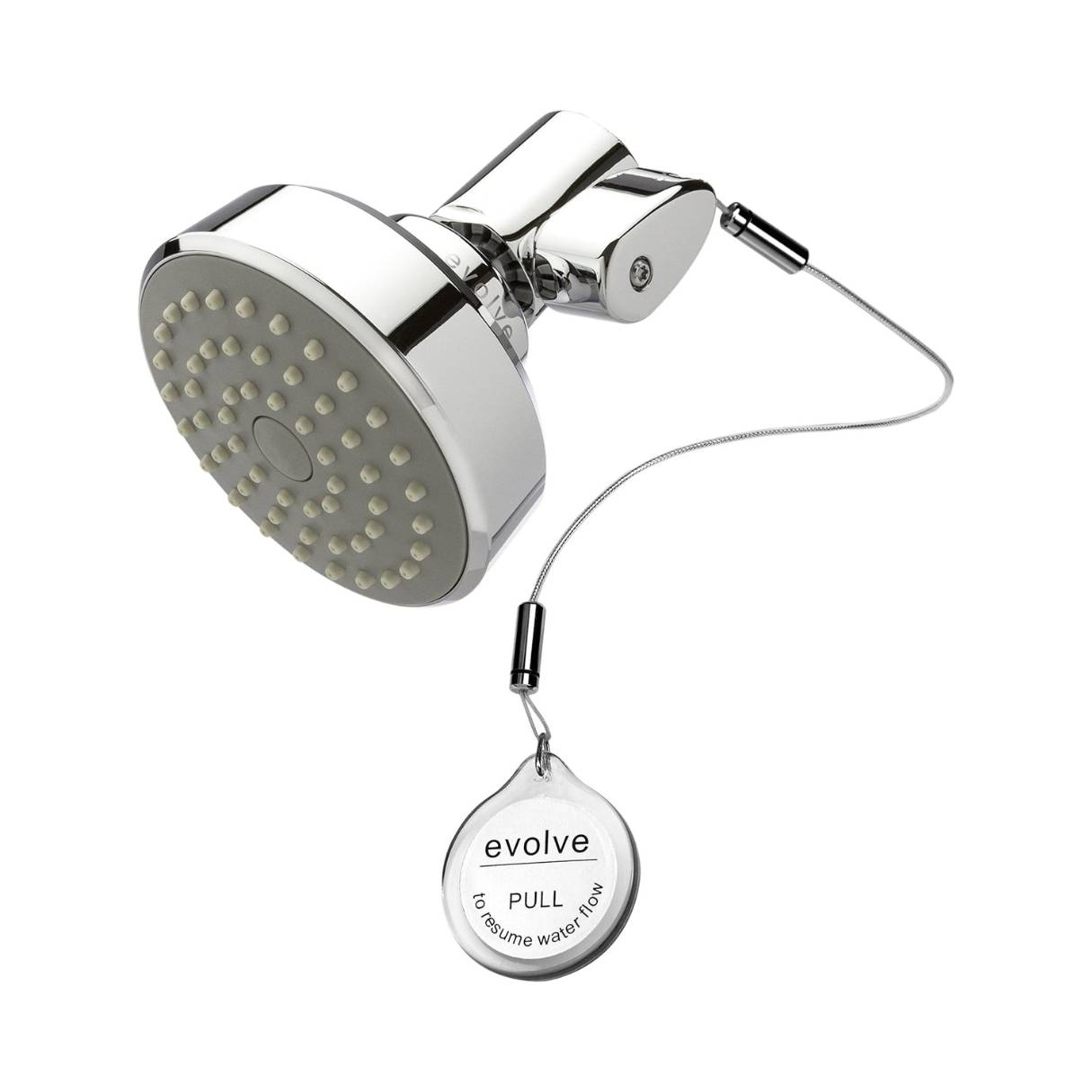

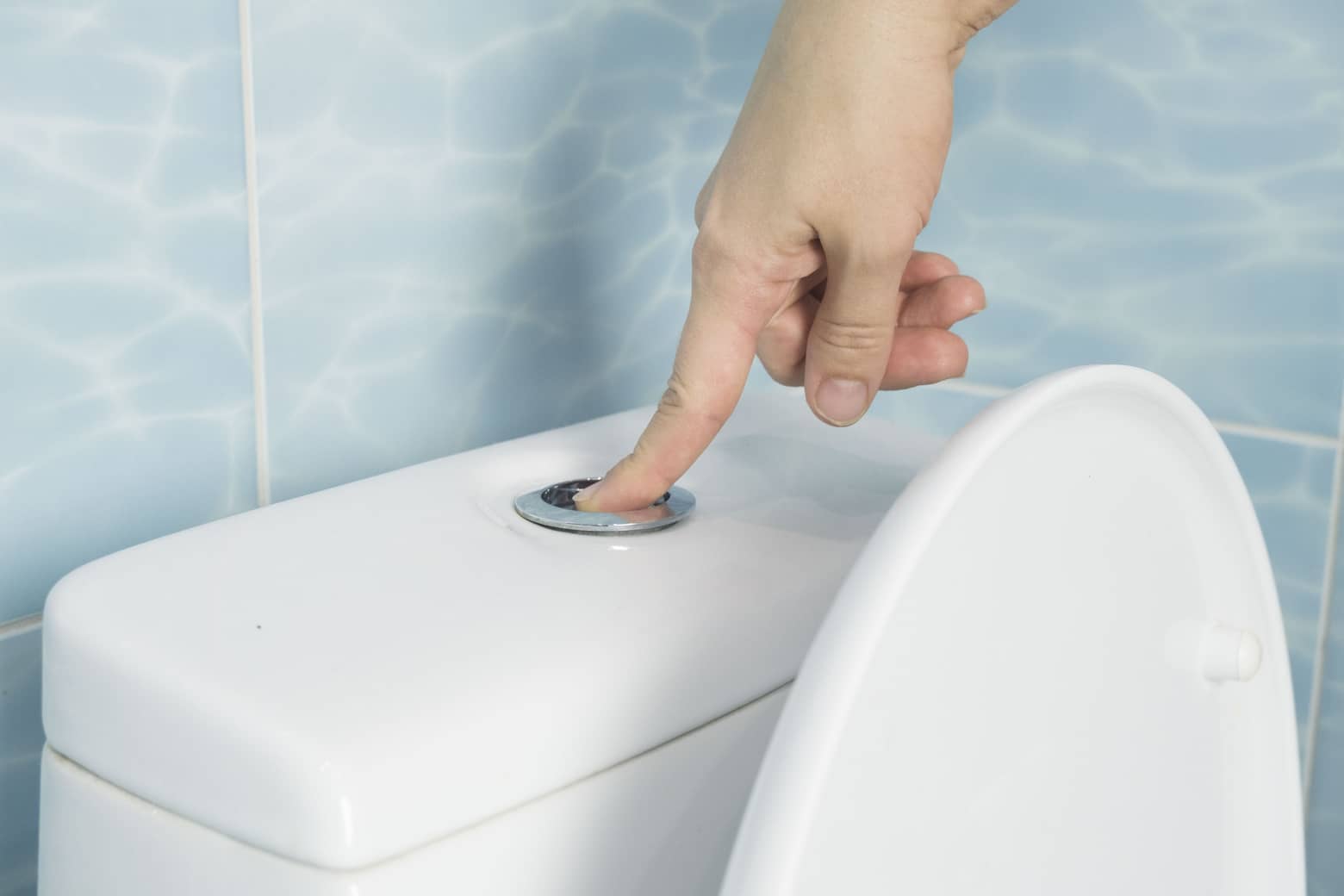


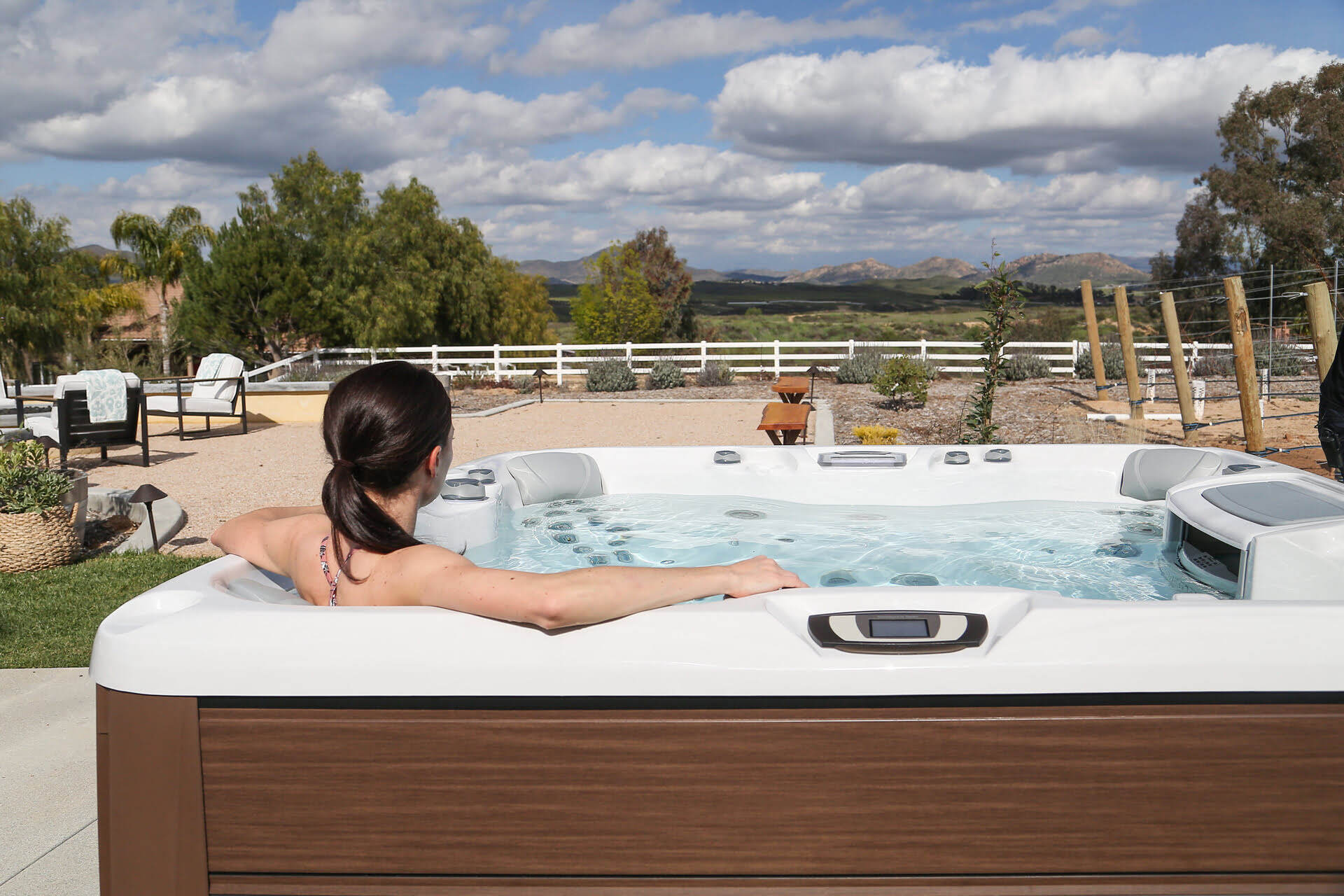
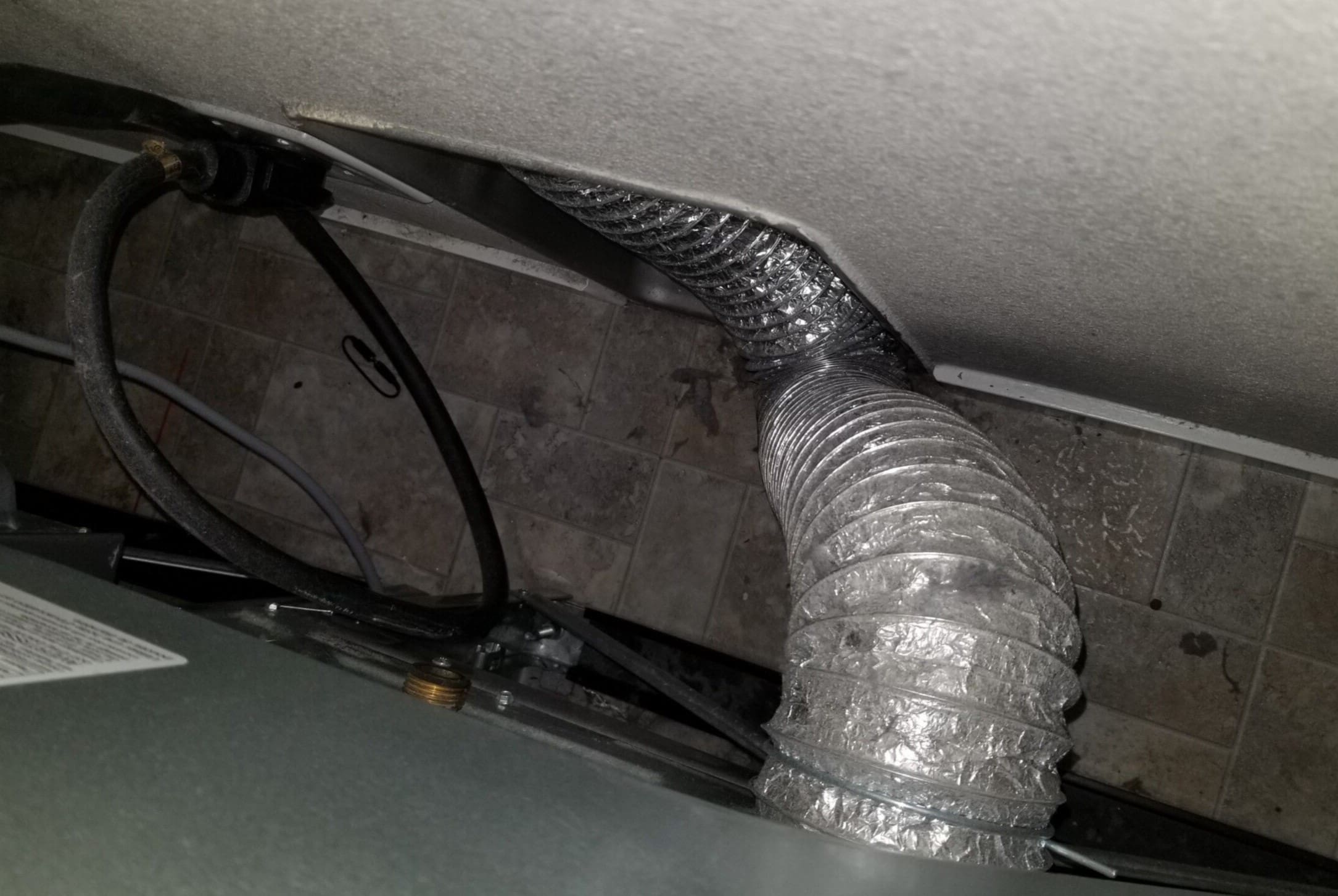
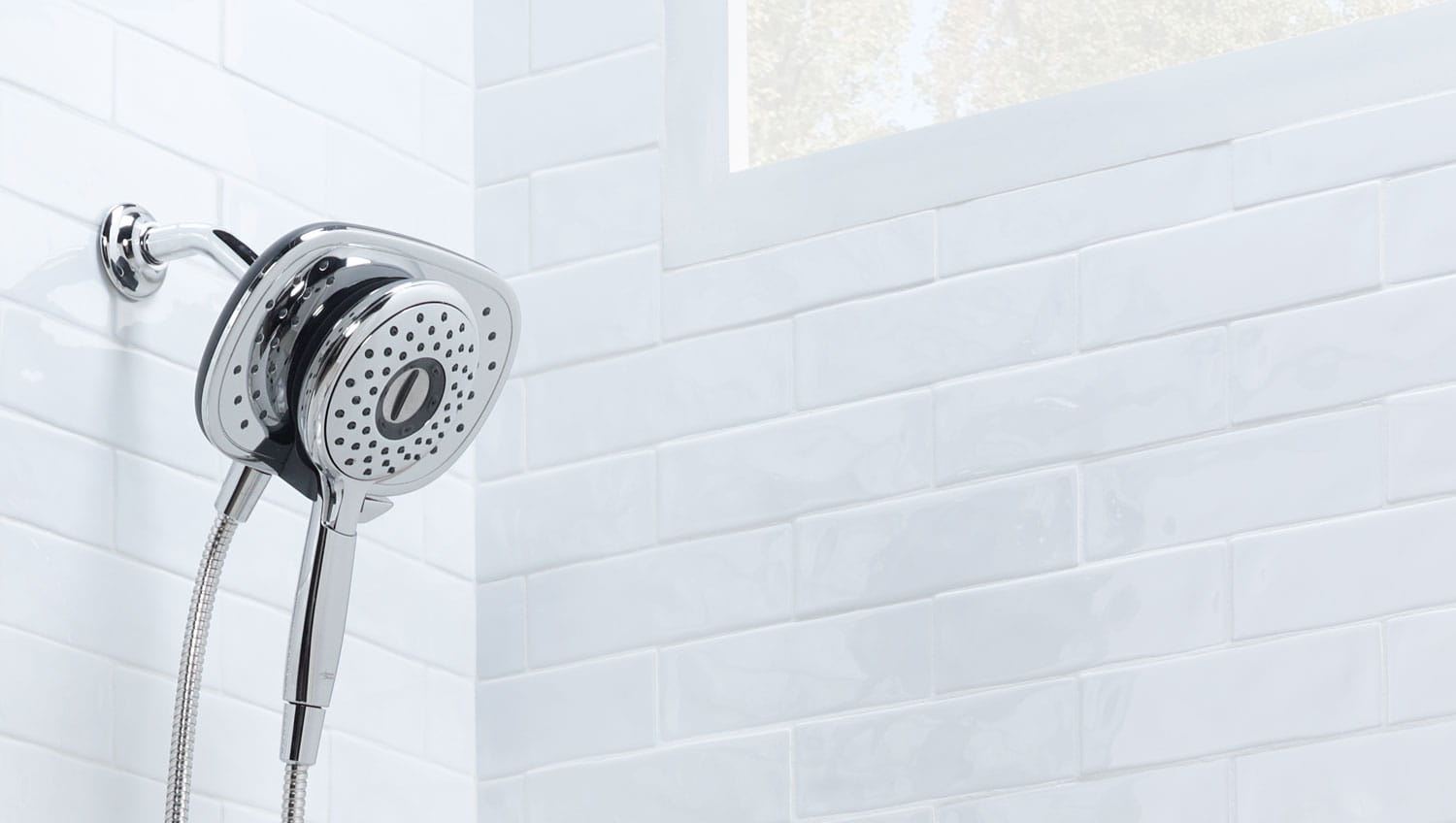
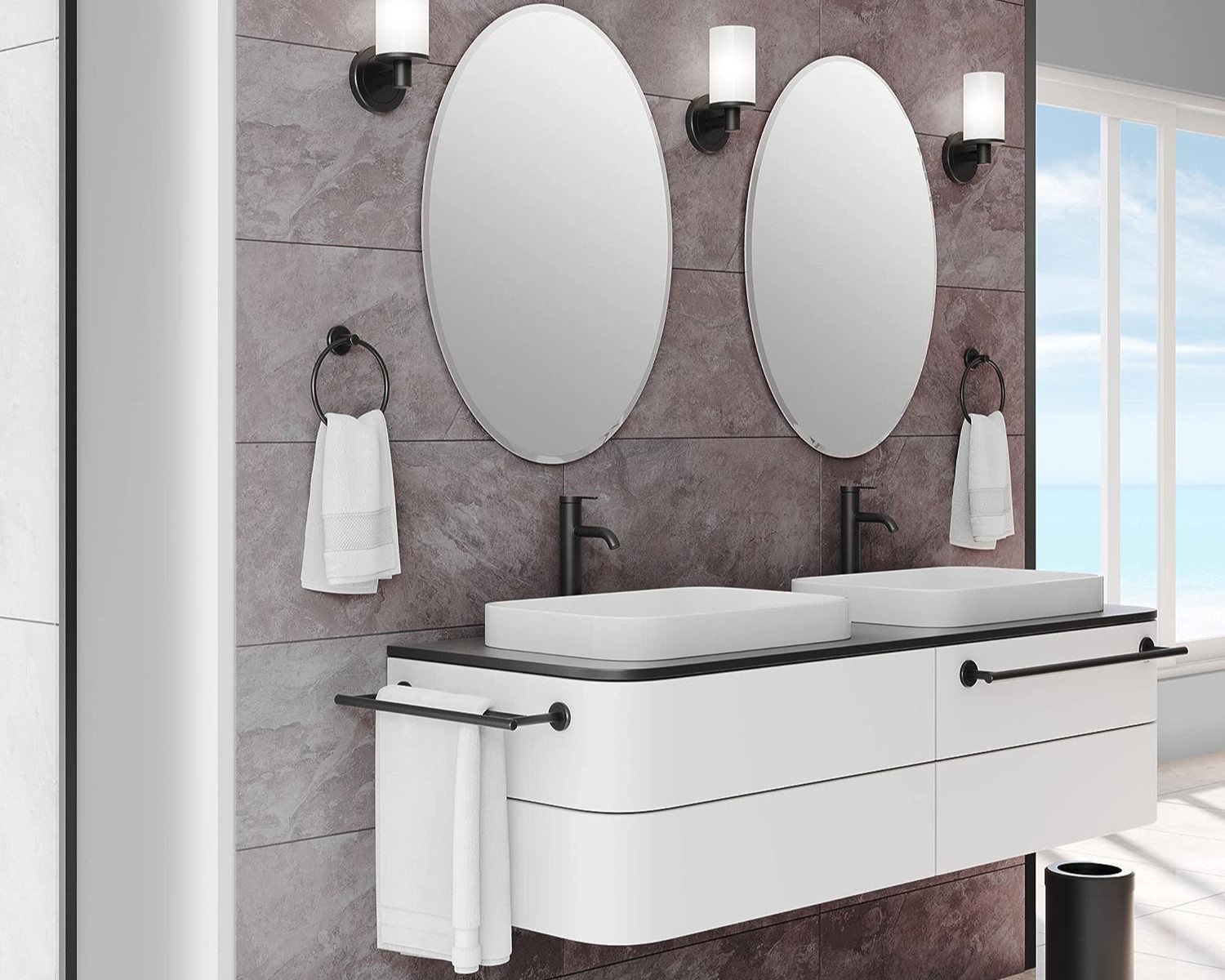
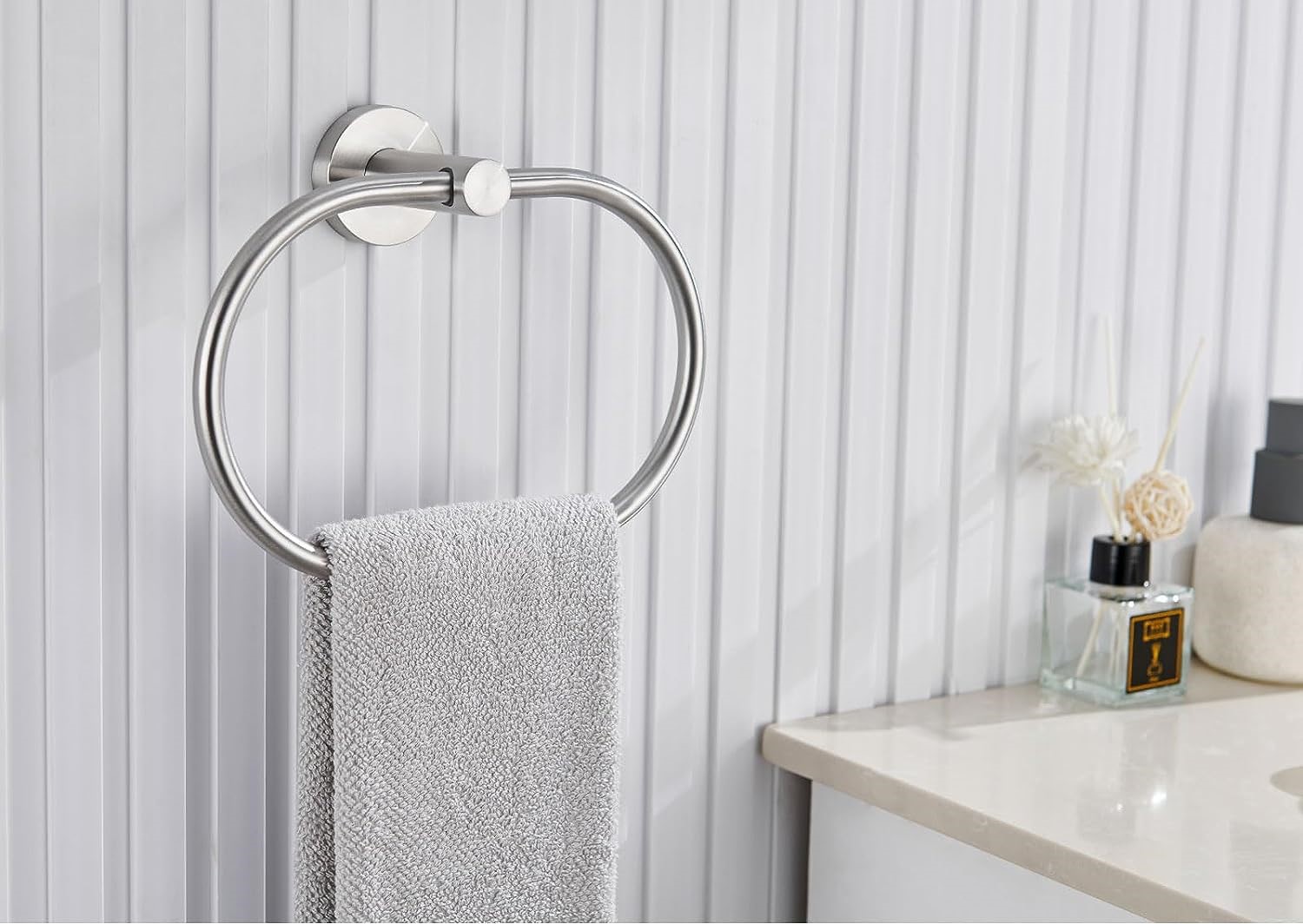
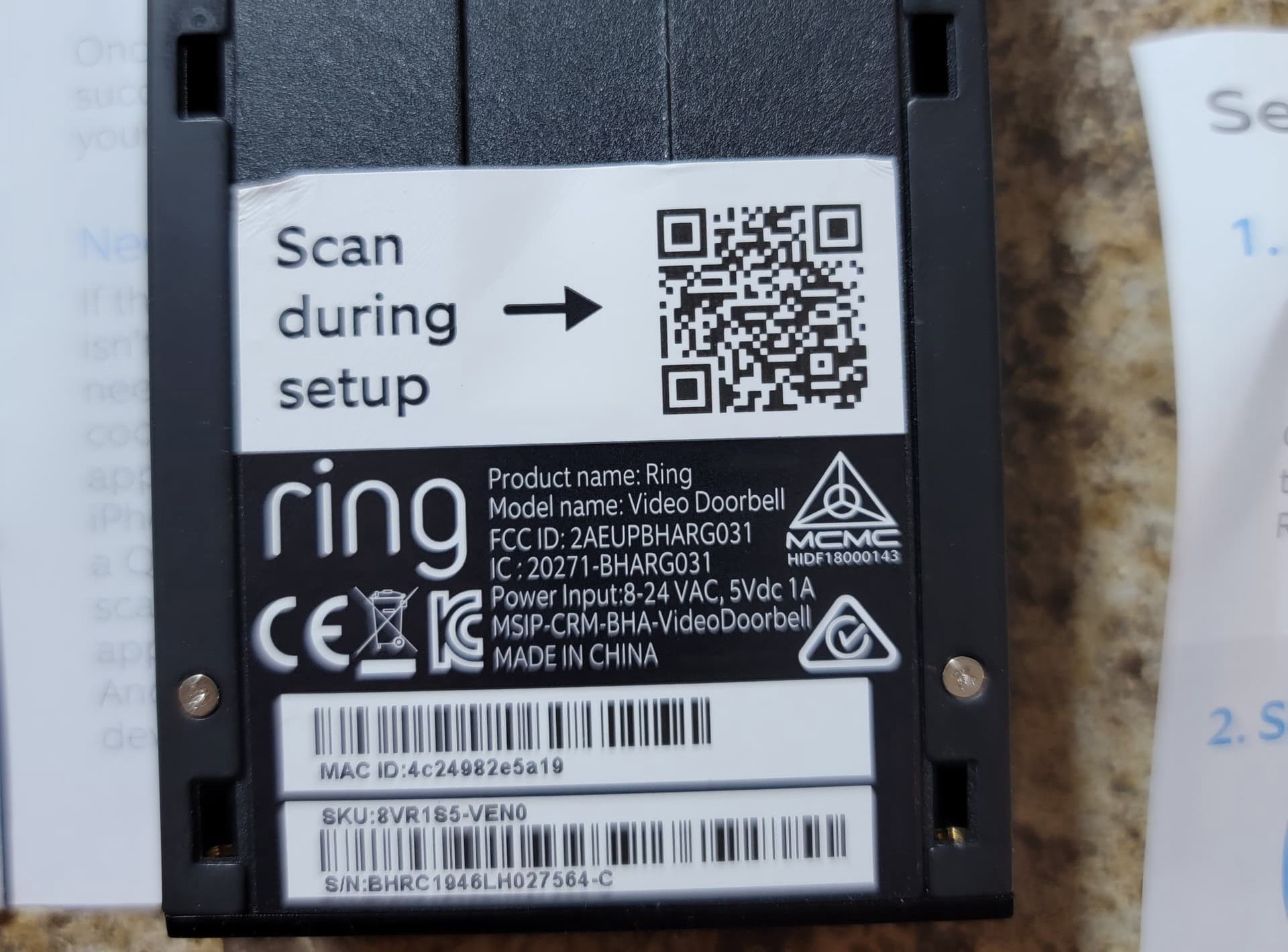
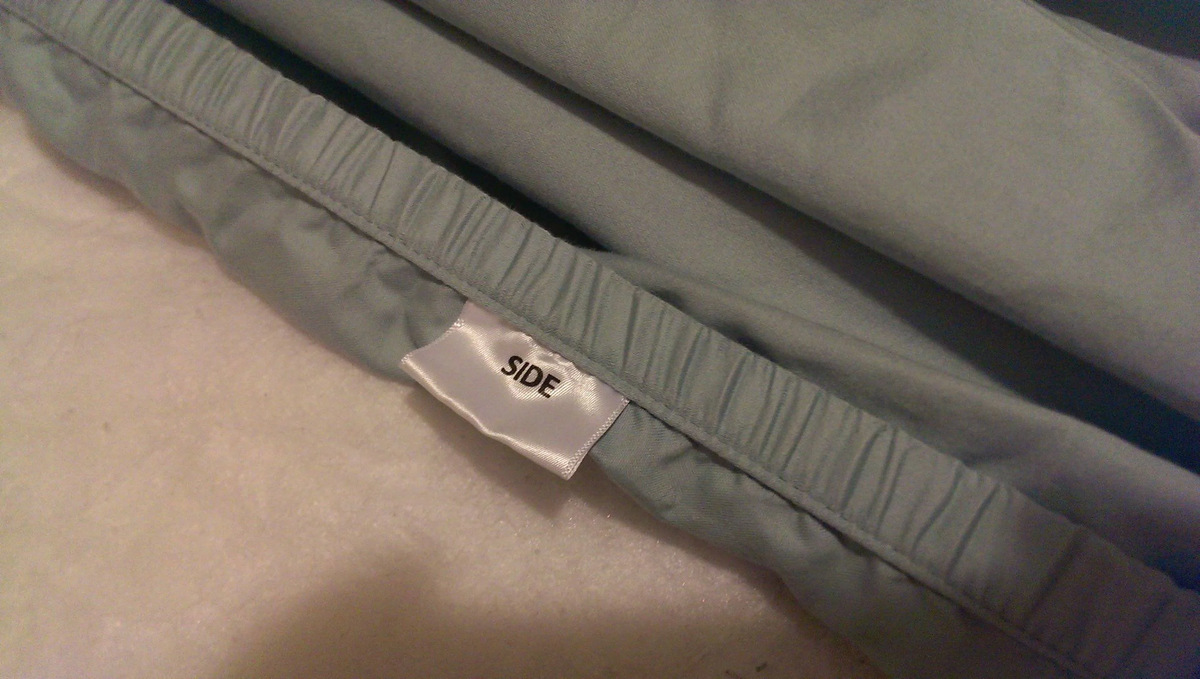
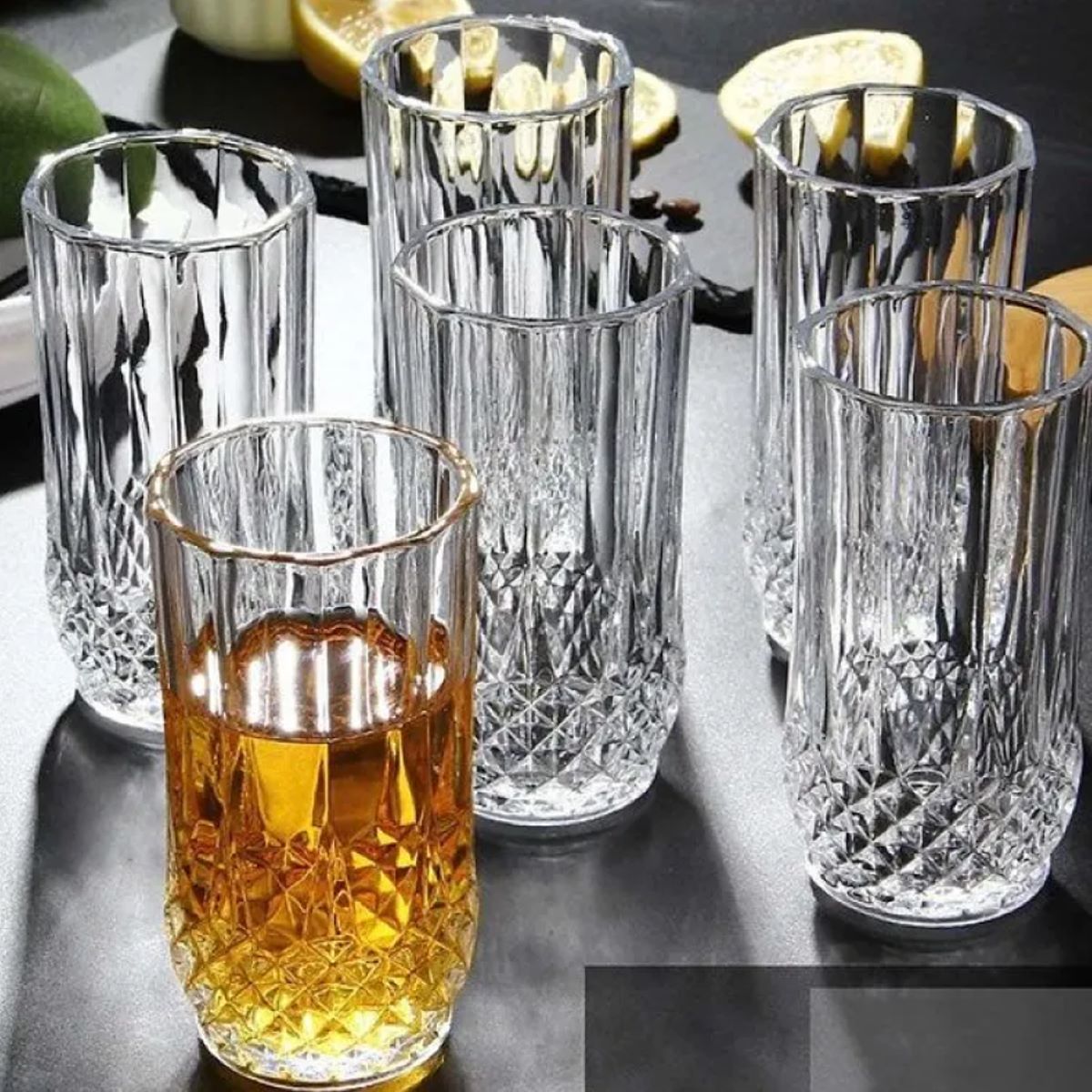
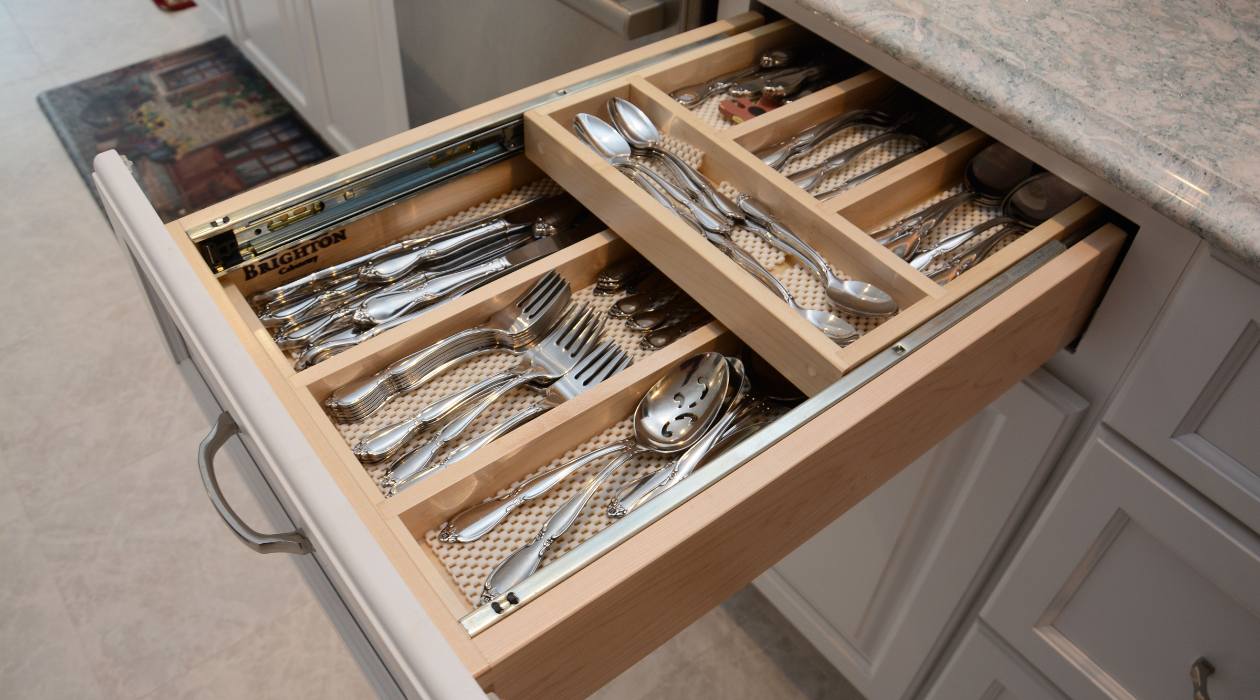

0 thoughts on “Where Do The O-Rings Go In A Showerhead”